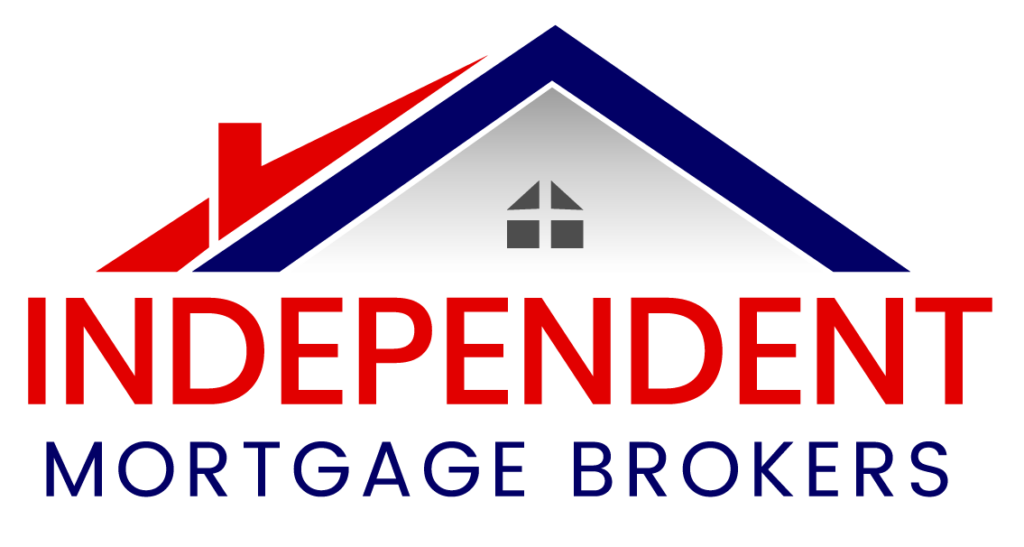Buy to Let mortgages are a wonderful way to invest your money if you know how to go about it. In this article, we will run through some of the tips to help you get ready for a Buy to Let Mortgage.
Buy to Let mortgages are not that different from traditional homeowner mortgages, although there are some intricacies that are important to understand to ensure you find the very best deals to suit your specific circumstances. If you are new to Buy to Let investment market, it is essential you are aware of a few key differences.
What Are Some of the Differences?
- Deposit / Equity
The amount of capital you will be able to borrow in comparison to the value of the property is less than you would be able to achieve from a traditional residential mortgage. This aspect is measured by the LTV or loan-to-value ratio. Therefore, lenders usually require a larger deposit; usually 25% of the property’s value. Traditional homeowner mortgages will in some cases allow individuals to borrow 90% of the property’s value, requiring just a 10% deposit to be paid upfront. You need to get a pen and paper along with a mortgage calculator and do the maths or get in contact with a mortgage broker.
- Fees
The fees associated with Buy to Let mortgages are in general quite higher than those for residential mortgages. Arrangement fees normally sitbetween 0.5% and 2% of the total amount.
- Interest Rates
If you are beginning to see a pattern, you are not wrong. This trend of increased costs stretches to interest rates. Generally, the interest rates on Buy to Let mortgages tend to be higher than those on a regular homeowner’s mortgage. With so many Buy to Let rates to choose from, it is important you get the right advice and conducts thorough research. This will ensure cash flow is positive and returns are maximized.
- Income Assessment
Everything we have discussed until now shares similarities between traditional and Buy to Let mortgages. However, the assessment criteria used by lenders to determine a property’s affordability changes greatly. A Buy to Let mortgage is typically assessed as a percentage of rental income, which should equate to at least 125% of the mortgage repayments. As an example, if the mortgage repayments on a property total £500 per month, then the lender will expect a monthly rental income of at least £625. If not, they will most likely turn down your mortgage application. It is important to note that the value of rental income will need to be assessed by the same surveyor who conducts the mortgage valuation.
In some cases, if a lender is concerned about under-occupancy or the Buy to Let investor’s ability to repay the mortgage, they will require you to specify a minimum income level so they can have adequate resources to fall back on to in case it does not run smoothly.
Having gone through the differences between Buy to Lets and homeowner mortgages, it is also essential that you clearly understand the risk involved, the benefits, and the potential returns. Here are some tips to consider.
Finding the Right Area
The ‘right’ area has nothing to do with price. The ‘right’ area is a place where people want to live, and therefore, rent your property. Look at your town. Where do students live? Where are the best schools? Where are the transport links? Where are the latest developments?
Do not limit yourself to your local area. Bear in mind that your town may not be the best place to invest. Is there a town near you that has commuting links, or a university? This might be a better option for your Buy to Let investment.
Think About your Property
Get to know your potential tenants. Put yourself in their shoes and try to understand what they are looking for in a rental property. Students look for a place that is easy to clean, comfortable but not too lavish. Families, however, will most probably have already their own furniture. Young professionals will probably look for neutral, modern properties.
Make sure in advance that a qualified surveyor does the inspection of the property, as this will help you to overcome any sort of potential structural or damp problems with a positive aspect.
Understand the risks
Investing in a Buy to Let property is not without risks. Have you considered the current house price trends? Properties can remain empty for some time. In fact, many landlords do their planning assuming that their property will be empty 2 months per year. What about repairs or accidental damage? Do you have money available to cover the price of a new boiler? Be ready for all eventualities.
How Much Would You Like to be Involved?
The work of a real estate agent can be very valuable. In order to rent out a property, somebody has to organise the advertising, the viewings, be able to deal with repairs when new tenants are in. In case you don’t’ have the time to do that yourself, you can use the services of an agent that will do that for you. It is worth contacting several agents to compare what is on offer. If you invest in a property that is further away from your area, the service of an agent might be a good option to avoid having to travel back and forth.
Compare the market
Information is gold. Shop around different banks or financial companies and consider using a broker or mortgage advisor that specialises in Buy to Let mortgages. They will search the whole of the market and ensure the property first your criteria. Some companies offer mortgage advice for free.
Be Realistic
You should invest for income rather than for short-term profit. Your Buy to Let returns should come from the rent of your property. As most Buy to Let mortgages are interest-only, the amount of your loan will not be repaid. Make sure that your rent covers more than your repayment so that you can build up a fund to deal with emergencies. Once you have covered all your costs, tax, and mortgage repayments, the money left can be used as a deposit for other Buy to Let properties, or maybe pay off the mortgage at the end of the term.
Independent Mortgage Brokers are Buy to Let mortgage specialists. They work within the UK and offer great online mortgage advice. Contact them now.



